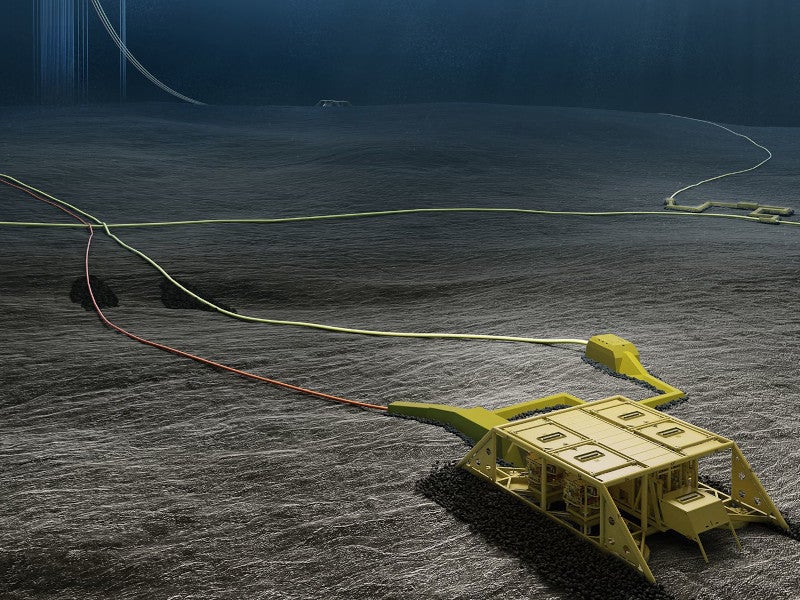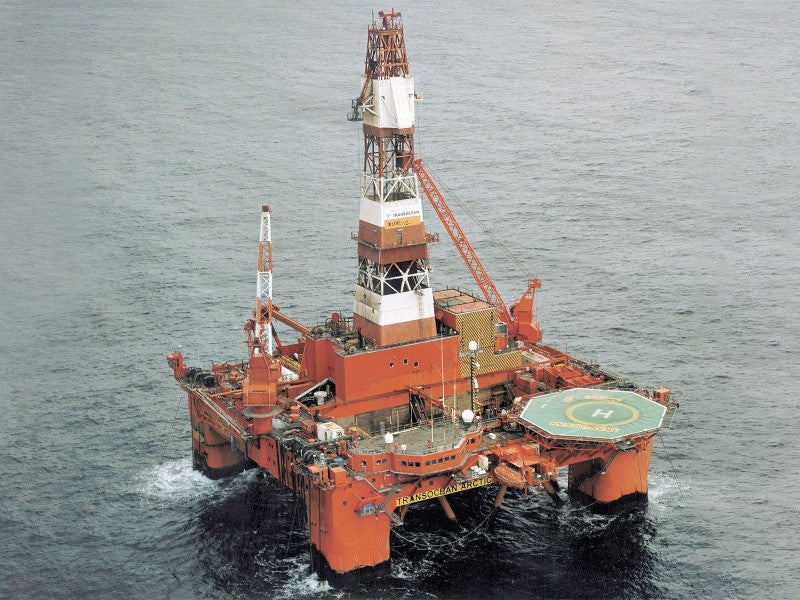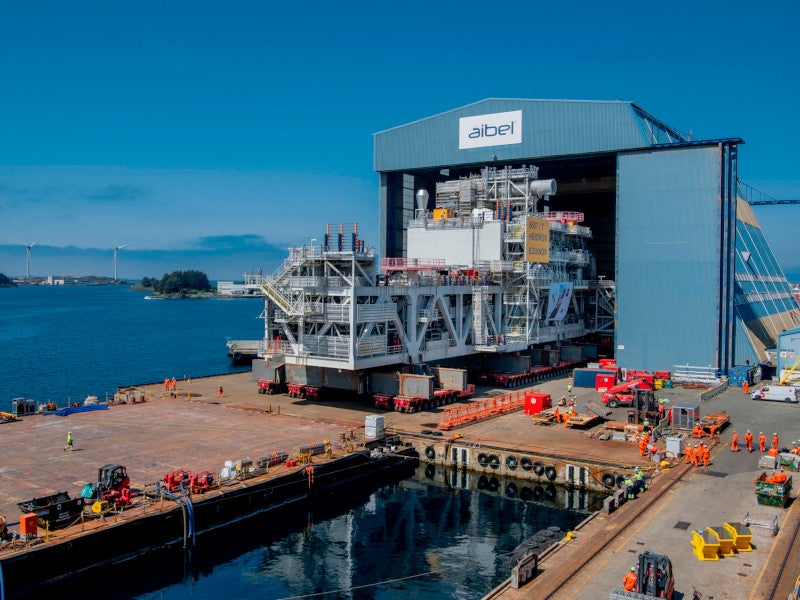The Dvalin gas field is located in blocks 6507/7/9 and 6507/8 of production licence 435 in the Haltenbanken area of the Norwegian Sea. It lies approximately 15km north-west of Heidrun, 35km south of Skarv fields and 290km away from the Nyhamna gas processing facility in mid-Norway.
Wintershall Dea operates the field with a 55% working interest, while Petoro (20%) and Sval Energi (10%) are partners in the development.
The Dvalin field was developed with an estimated investment of Nkr10bn ($1.25bn) as a subsea tieback to the Heidrun platform, which is operated by Equinor.
The Norwegian Ministry of Petroleum and Energy approved the development and operation plan for the gas field in March 2017.
Although the field came onstream in the fourth quarter of 2020, commercial production was stopped due to the detection of a high level of mercury in the gas flow in January 2021.
Mitigation measures for mercury removal are in process, and the Dvalin field is expected to resume production in 2023.
Dvalin gas field discovery and reserves
The Dvalin field was considered unprofitable in the 1980s due to unsuccessful exploration bids, which failed to discover major reserves. A consortium led by DEA as the operator was awarded the PL 435 license in the awards in predefined area (APA) in 2006.
Backed by innovative ideas and approaches, the consortium reported the first major gas discovery as a result of drilling an exploration well in the Dvalin field in September 2010. Begun in May 2010, the drilling operation was performed using the Bredford Dolphin semi-submersible drilling facility.
A gas-bearing reservoir of 150m thickness was encountered in water depths of 369m, towards the east in the Fangst formation. A second exploration well was drilled in the west of the Dvalin field in 2012, resulting in the discovery of additional volumes and encountering a second gas-bearing reservoir of 140m thickness.
The gas field is estimated to hold 113.3 million barrels of oil equivalent (boe).
Dvalin North, located 10km away from the field, was the largest discovery on the Norwegian shelf in 2021. It will also be tied back to the Heidrun platform.
Dvalin gas field development
The development of the Dvalin gas field comprises a four wells subsea template connected to the Equinor-operated Heidrun platform. Flowlines and umbilicals are used to secure the template to the platform.
A new 4,500t module for gas processing and compression was installed at the Heidrun platform to process gas from the Dvalin field. A 14.9km pipeline supplies gas from the field to the Heidrun platform.
The drilling of four high pressure, high temperature (HPHT) production wells was completed in August 2020.
The processed gas will be transferred to the Polarled trunk line through a 7.5km pipeline, and then sent to the Nyhamna onshore gas terminal to be further processed to dry gas.
The gas will be shipped to the European market by Gassled. A total volume of 18.2 billion cubic metres (bcm) of natural gas is expected to be produced from the field’s reservoirs.
Contractors involved
Transocean Norway Operations won the contract to drill four production wells at the field using the Transocean Artic drilling rig in November 2017.
Aibel won a contract to provide engineering, procurement, construction and installation (EPCI) services for the two modules of the Heidrun platform in 2016.
Two German-based companies, Delta-p Pumpe og Kompressor Systemer and Strobl Pumpen, were selected to provide high-pressure pump injection systems for the project.
Aker Solutions was contracted for the delivery of the subsea production system as well as maintenance and services for the project.
The company supplied a production system comprising a manifold, four subsea trees and a 15km-long umbilical for connection to the Heidrun platform. The contract also covered wellheads, controls, tie-in and workover systems, as well as including options for further subsea production tie-backs to the Heidrun platform.










